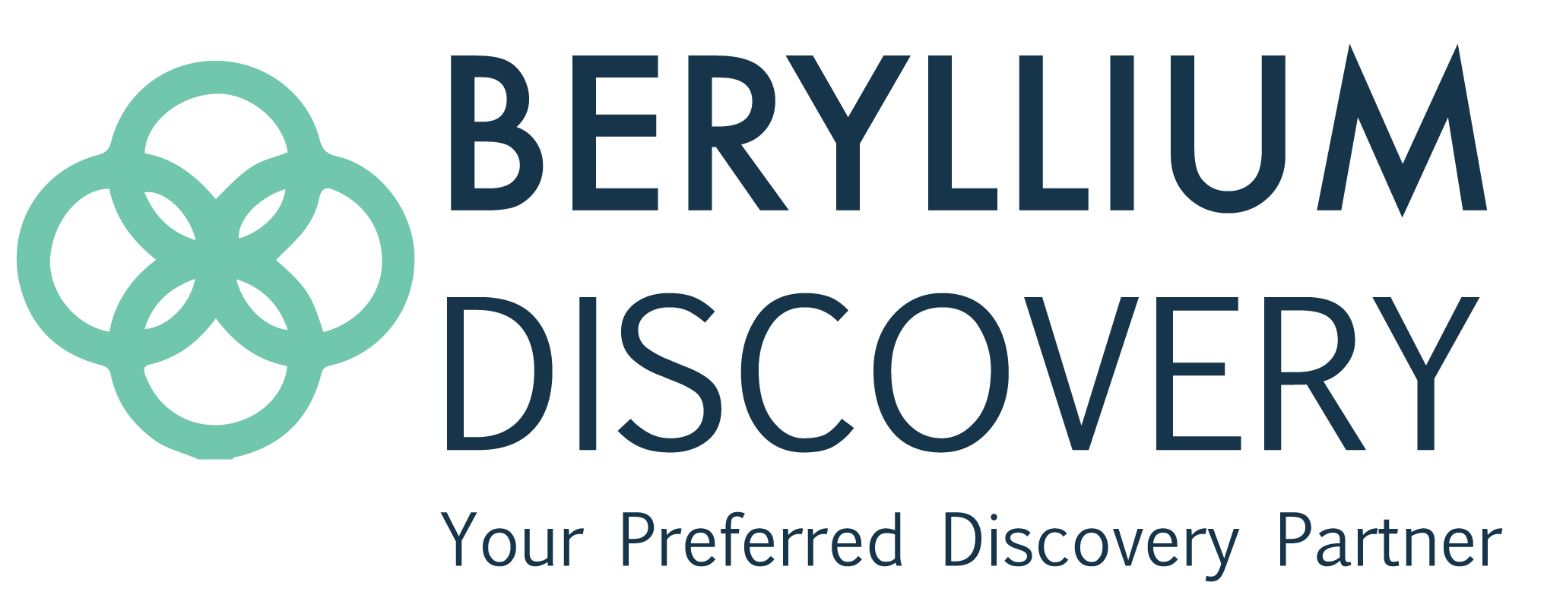This webinar will discuss the use of ligand-observed NMR techniques for rapid and efficient fragment screening of viral targets. Fragment screening was performed on two different viral proteins, an H1N1 Influenza A virus polymerase acid protein C-terminal domain (PA-CTD) and the Ebola virus matrix protein VP30 as part of a structural genomics consortium which targets infectious diseases. The influenza virus PA-CTD is part of the heterotrimeric viral RNA-dependent RNA polymerase involved in genome replication, whereas the Ebola virus VP30 protein is a phosphoprotein which associates with the nucleocapsid protein and is essential for viral transcription initiation.
In each case, the strategy was to target a protein-protein interface rather than an enzymatic active site. Interestingly, the majority of hits for the influenza A virus PA-CTD screen bind to a surface exposed site located near the viral RNA loading site rather than the expected PB1 N-terminus binding site which is a computational hot spot. Crystal structures of initial hits and follow on analogue-by-catalogue compounds were obtained. For the Ebola virus VP30 screen, VP30 was screened from both the 2013-2015 Zaire outbreak as well as the related Marburg virus VP30 in an effort to identify fragments which can target divergent viral VP30 strains. All of this work has been done as part of the Seattle Structural Genomics Center for Infectious Disease (SSGCID), a structural genomics consortium funded by the National Institute for Allergy and Infectious Diseases (NIAID).
Speaker

Douglas R. Davies
Over the past twenty years, some of Douglas’ work has focused on structural studies of functional nucleic acids and nucleic-acid modifying enzymes. His graduate thesis work at the University of Wisconsin-Madison involved the first structures of Tn5transposase. As a postdoctoral fellow at the University of Washington, Douglas studied the DNA repair enzyme Tyrosyl DNA Phosphodiersterase (Tdp1), elucidating the first crystal structures and verifying the proposed mechanism of action. During the past 10 years at Beryllium, he has applied these experiences to a number of DNA aptamer diagnostics and potential therapeutics (SOMAmers) as well as DNA Polymerase C from Geobacillus kaustophilus. Douglas is the lead crystallographer for 77 crystal structures in the Protein Data Bank and has published 28 peer-reviewed journal articles.
Who Should Attend?
Any company that is in the pre-clinical drug discovery stage such as:
- Target Selection
- Discovery & Screening
- Lead Selection
- Lead Optimization
- Pre-Clinical Development
Research and Development groups of all levels, from Research Scientists to Director and/or C-level executives.
Xtalks Partner
Beryllium
Beryllium is shaping the future of collaborative drug discovery. Our proven teams of drug discovery professionals are passionate about unlocking the therapeutic potential of both genetically- and clinically-validated drug targets, as well as developing new therapeutic modalities. We work in partnership with our clients to address the most difficult scientific and business challenges facing drug discovery, and to ultimately enable transformational health care outcomes.
We enable novel drug discovery by applying structural and functional biology-centric processes and platforms. Our goal is to deliver validated starting points for drug development programs, and our teams of pharma industry veterans are applying multidisciplinary knowledge to tackle the most promising therapeutic targets.
You Must Login To Register for this Free Webinar
Already have an account? LOGIN HERE. If you don’t have an account you need to create a free account.
Create Account
